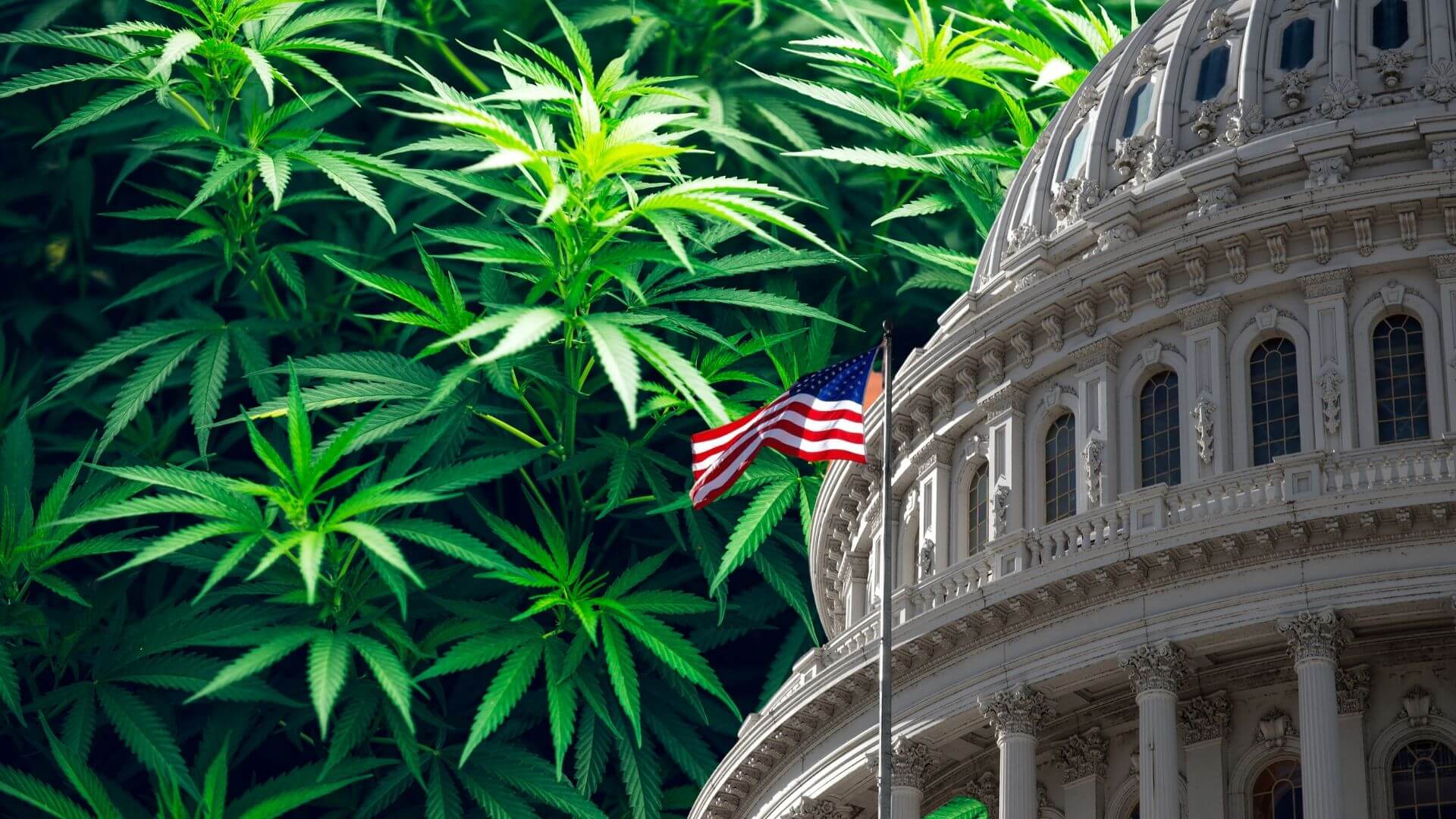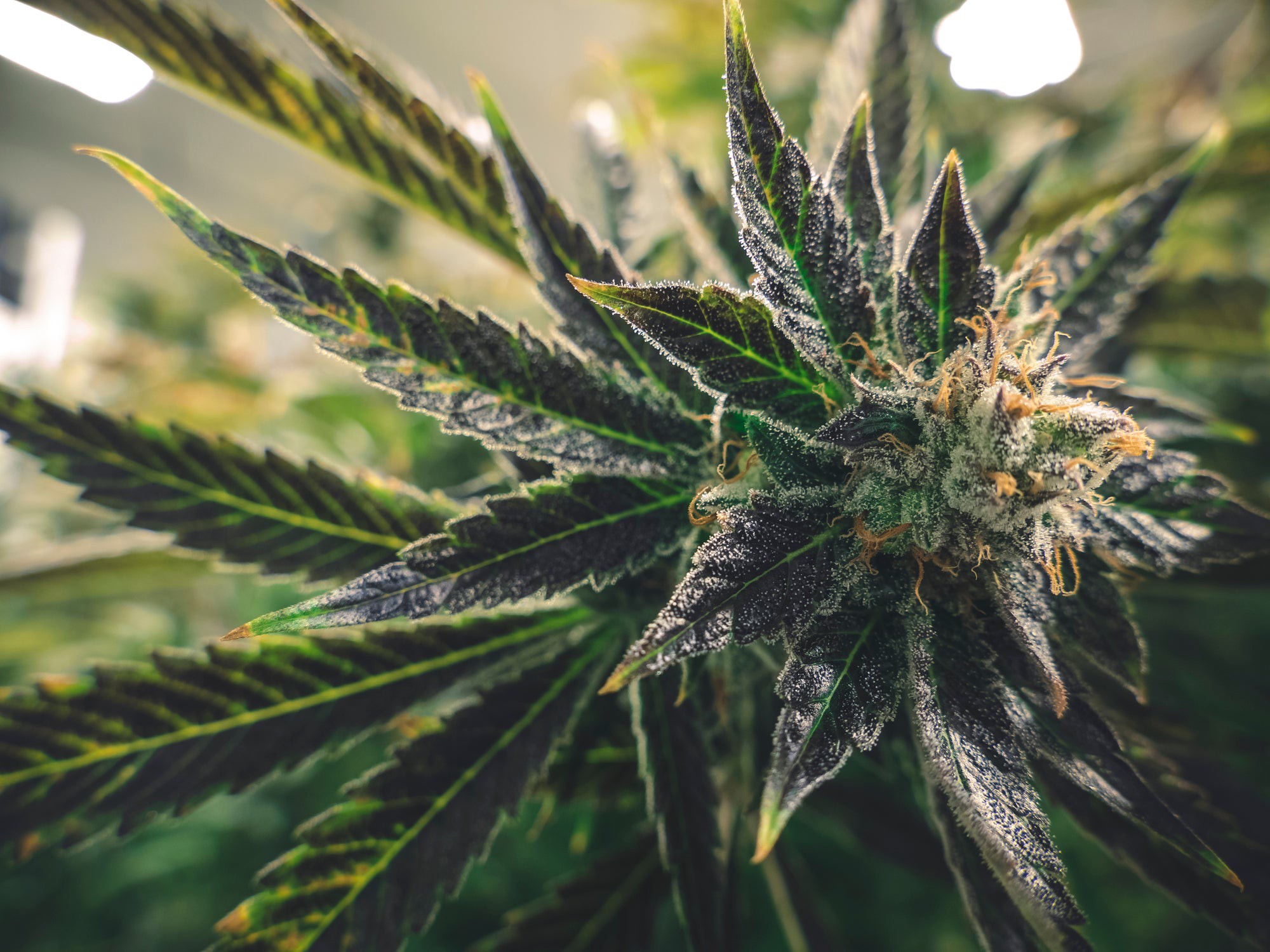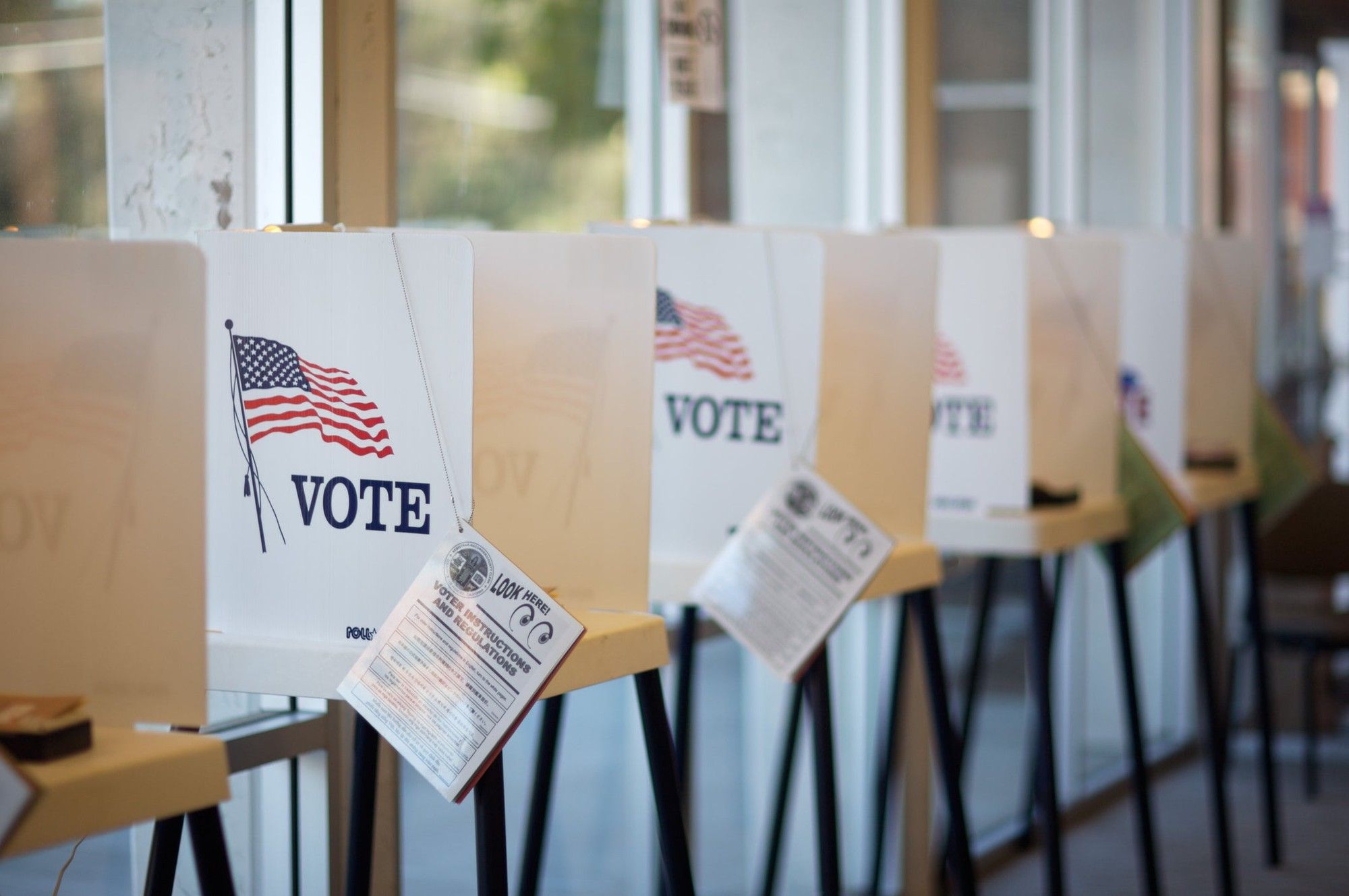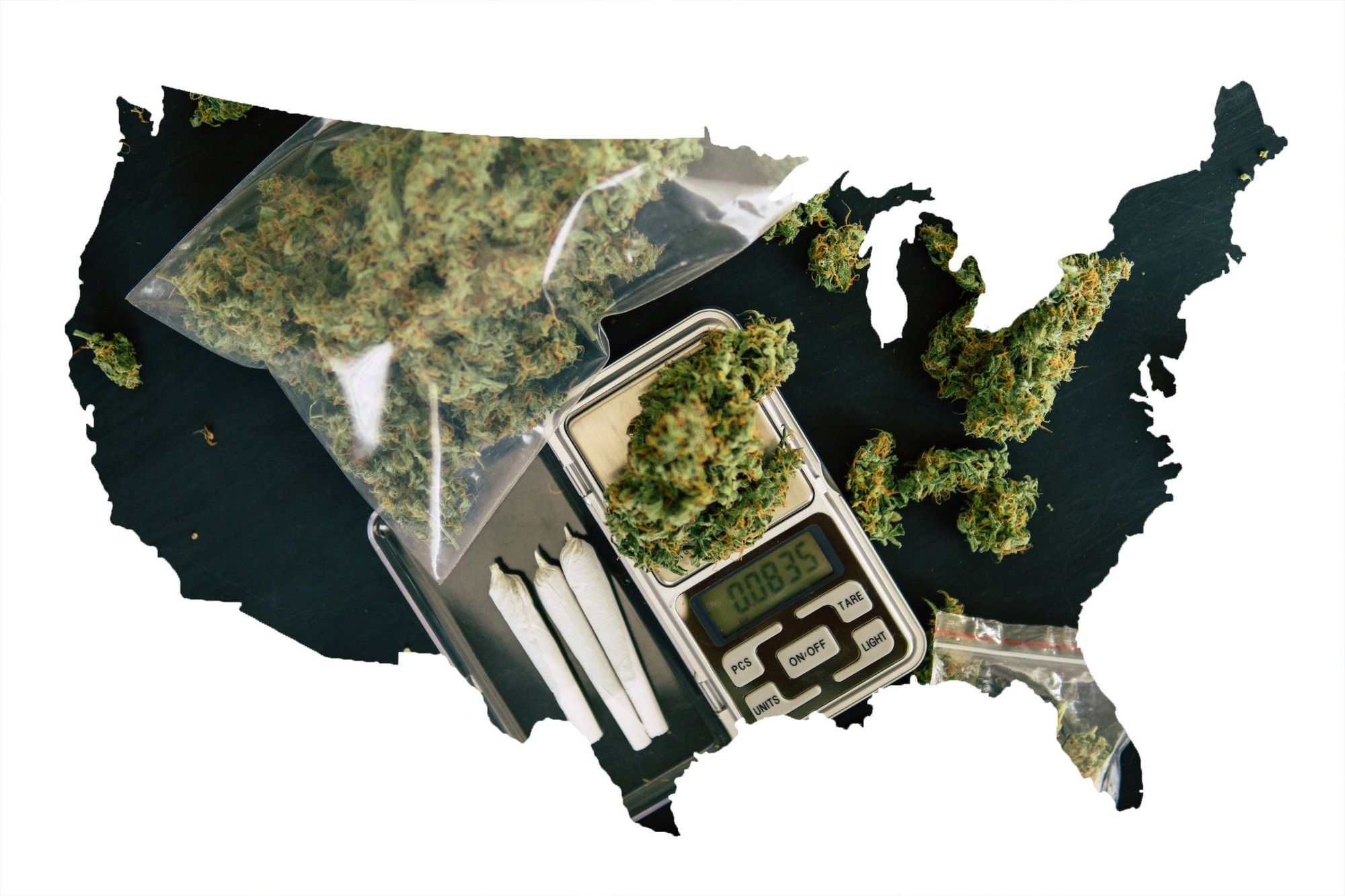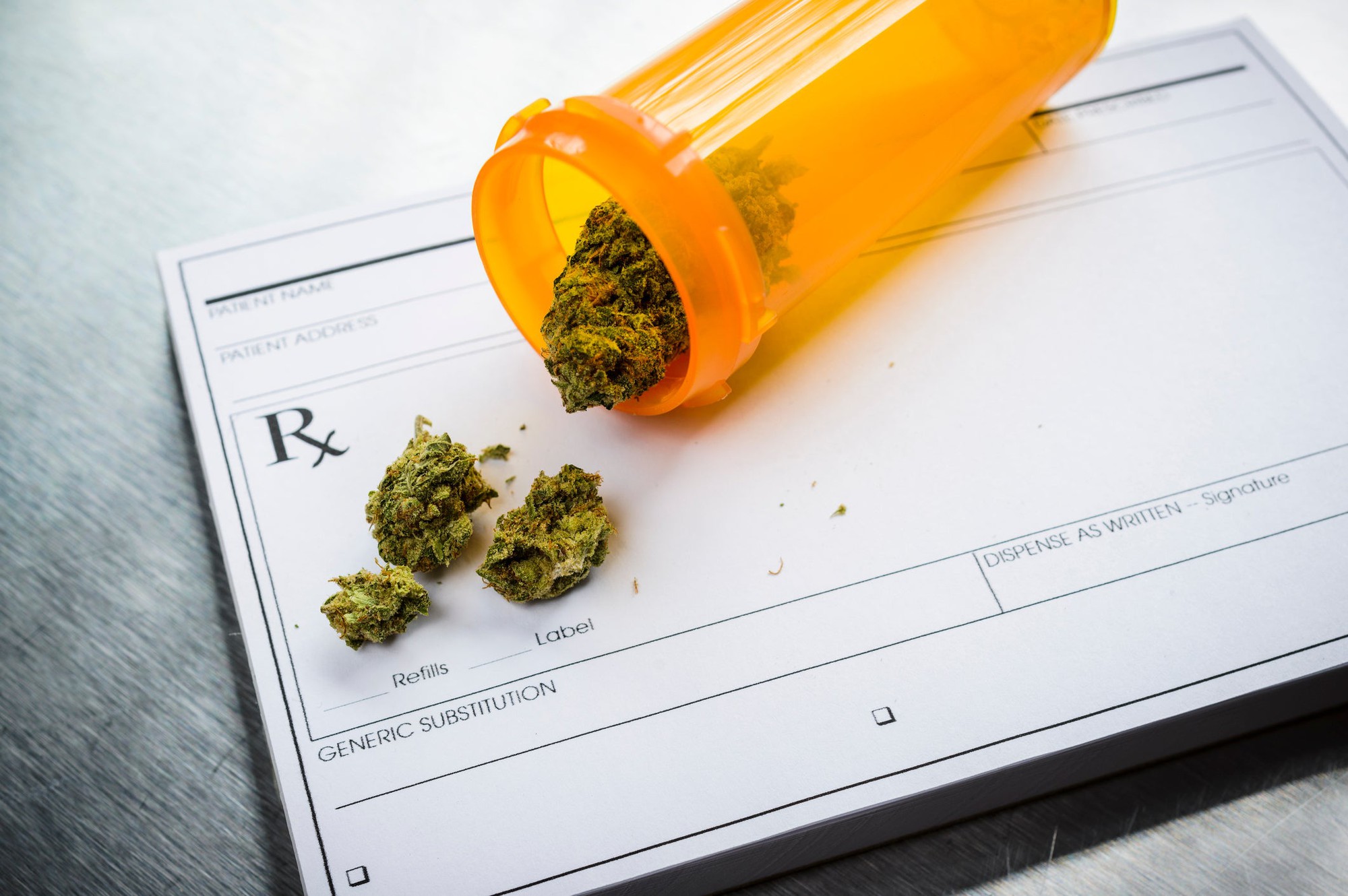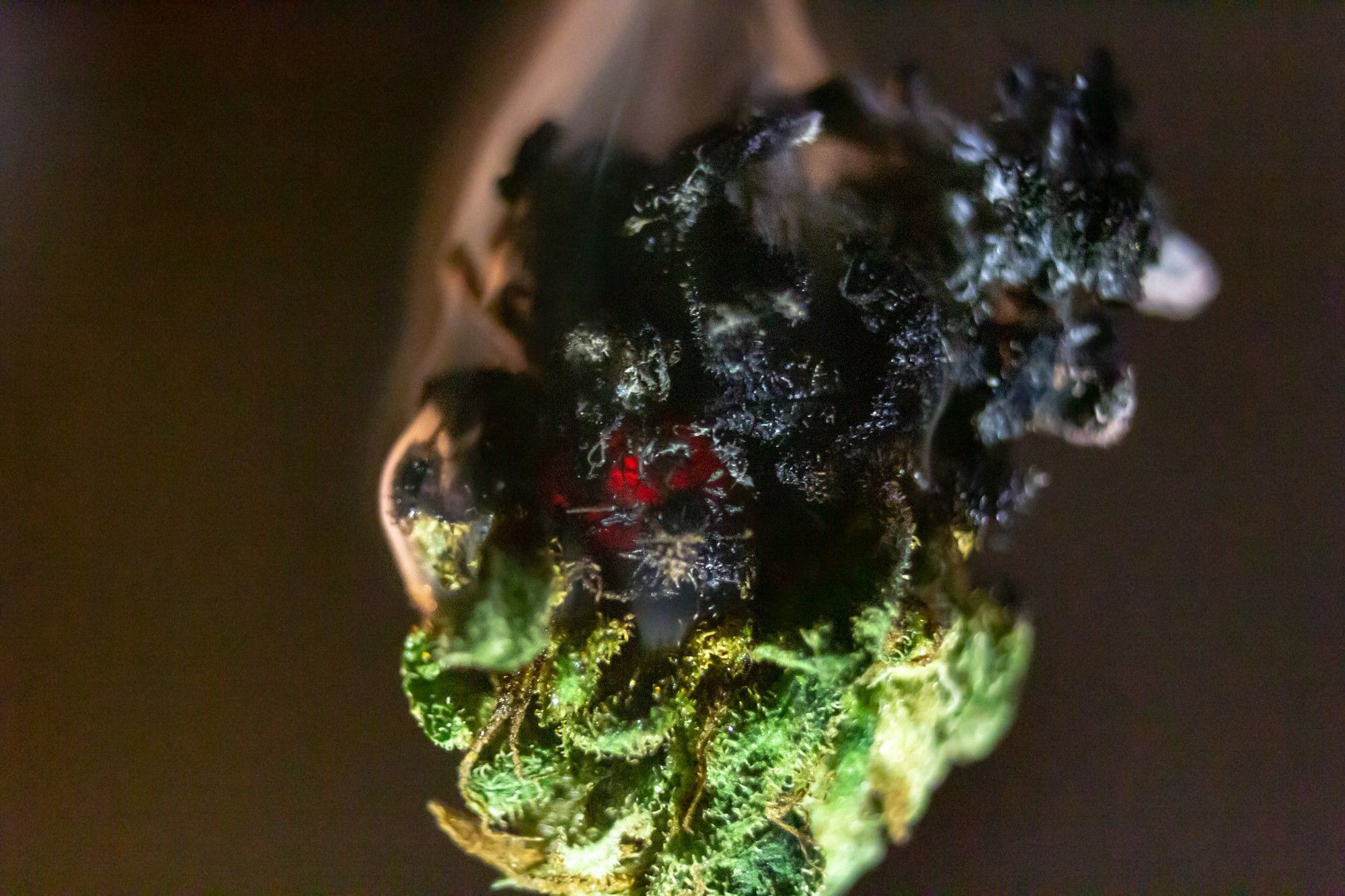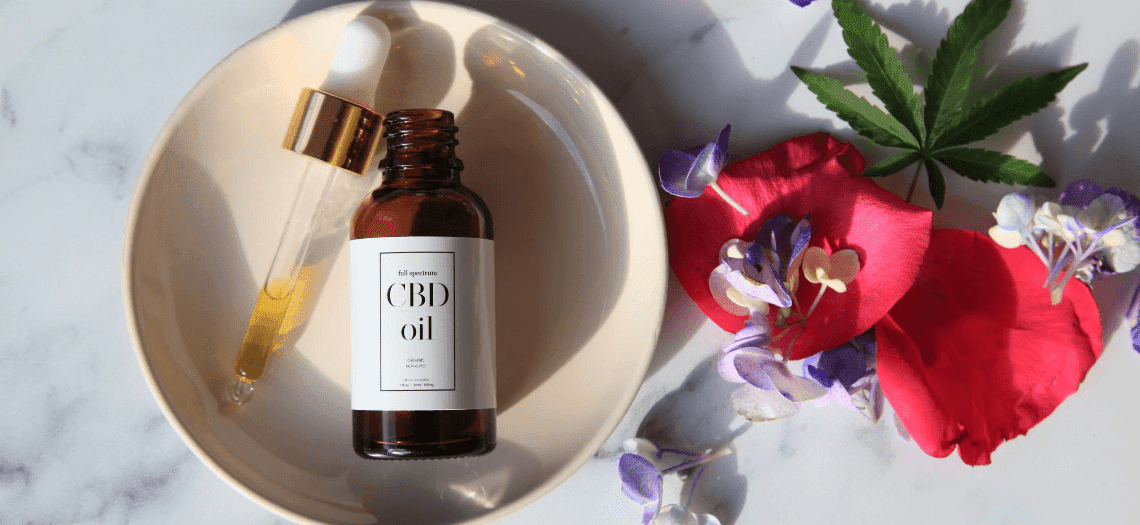FDA Releases Guidelines On Cannabis Research Following White House Review
The Food and Drug Administration (FDA) published draft guidance on developing cannabis-based drugs on Tuesday.
This comes weeks after
the White House completed its review of the document, clearing its path for public release.
FDA is still in the process of developing regulations that could allow for CBD to be marketed as a food item or dietary supplement, but in the meantime it has worked to create these new research guidelines for drug manufacturing.
Much of the guidance—which is “limited to the development of human drugs and does not cover other FDA-regulated products”—covers the basics of conducting federally authorized research for drug development purposes such as where researchers are allowed to obtain cannabis and the importance of demonstrating the ability to “consistently manufacture a quality product.”
“A range of stakeholders have expressed interest in development of drugs that contain cannabis and compounds found in cannabis. Recent legislative changes have also opened new opportunities for cannabis clinical research,” FDA Principal Deputy Commissioner Amy Abernethy said in a press release. “As that body of research progresses and grows, the FDA is working to support drug development in this area.”
The chief legislative change she referenced is the 2018 Farm Bill, which federally legalized hemp and its derivatives such as CBD.
For researchers, that reform means they are no longer bound to certain restrictions that exist for marijuana. For example, FDA noted in the new document that as long as a manufacturer produces hemp products that meet the federal definition of containing no more than 0.3 percent THC, scientists can use that for studies rather that rely on the nation’s only federally authorized marijuana manufacturer at the University of Mississippi.
“This change gives sponsors and investigators of clinical studies new options that do not involve the [National Institute on Drug Abuse Drug Supply Program],” FDA wrote.
Because excess THC concentrations could render hemp illicit under federal law, FDA dedicated a section to testing standards for hemp-derived products.
“Sponsors and investigators proposing drug development activities involving controlled substances should consult with [Drug Enforcement Administration] about the applicable requirements,” it said. “Sponsors and investigators may find it useful to calculate the level of delta-9 THC in their proposed investigational drug product early in the development process to gain insight into the potential control status of their product.”
“Regardless of whether cannabis or a cannabis-derived compound meets the definition of hemp, sponsors and applicants should work with reliable laboratories for analytical testing,” it continued.
Applicants for an investigational new drug should submit information to FDA that includes “quantitative data, such as a certificate of analysis from a laboratory” on THC content and “detailed descriptions of testing methods used to evaluate the level of delta-9 THC.” They should also provide “quantitative data regarding phytochemicals that are present in their proposed product, including but not limited to, cannabinoids, terpenes, and flavonoids.”
“Many sponsors initiating clinical research for drugs containing cannabis and cannabis-derived compounds may be unclear regarding, or unfamiliar with, applicable drug quality expectations,” FDA said.
The agency discussed how calculating dry weight for hemp is unique in that it should be based on “the calculation of delta-9 THC percentage on the composition of the formulation with the amount of water removed, including any water that may be contained in excipients.” It’s not clear if that standard would prove burdensome for hemp producers, but it is the case that many farmers have already complained about existing stringent THC testing policies under U.S. Department of Agriculture guidance.
The new FDA guidance gives a step-by-step overview of how to test for THC on a dry weight basis in a way that meets their standards.
“We recommend that you consult DEA regarding the control status of cannabis or cannabis-derived materials or products that are under development,” the
document states. “We note that intermediates or drug products that contain greater than 0.3 percent delta-9 THC by dry weight, even if the starting materials meet the definition of hemp, may no longer meet the definition of hemp and may be considered a Schedule I controlled substance.”
“We invite comment from the public on this recommended approach,” the agency said in a Federal Register
notice accompanying the new draft guidance. “In addition, FDA invites public comment on the appropriate manufacturing controls over materials that cross under the 0.3 percent delta-9 THC by dry weight threshold during the production of a drug that contains cannabis or cannabis derived compounds.”
A 60 day public comment period will be opened for stakeholders to weigh in on the proposed research guidelines. At the same time, the agency has a separate comment period indefinitely open for
information on the safety and efficacy of CBD.
FDA stressed that guidance documents such as this one “do not establish legally enforceable responsibilities.”
“Instead,” it said, “guidances describe the Agency’s current thinking on a topic and should be viewed only as recommendations, unless specific regulatory or statutory requirements are cited.”
The agency said researchers should take other non-cannabis-specific past guidance on the development of botanical drugs into account as well and laid out several other considerations.
“Cannabis is held to the same regulatory standards as any other botanical raw material, botanical drug substance, or botanical drug product,” the guidance states. To that end, researchers should be doing things like chemical fingerprinting to ensure consistency and testing for residual pesticides. FDA also noted that any drug products that require a device like an inhaler fall under their own category with its own set of requirements.
Further, researchers should “consider selection of a container closure system carefully.”
The agency also emphasized that “a naturally occurring compound isolated from a botanical source would be expected to have a different impurity profile from the corresponding synthetically produced cannabis related compound, and impurities for the naturally occurring compound should be controlled accordingly” as opposed to “synthetic single-chemical active pharmaceutical ingredients.”
Advocates, industry representatives, regulators, health professionals and marijuana legalization opponents stood up before FDA last year at a historic public hearing to
share their perspectives on how to best approach regulating CBD.
“It is critical that the FDA continues to do what we can to support the science needed to develop new drugs from cannabis,” the agency’s Abernethy
said. “The FDA believes the drug approval process represents the best way to ensure that safe and effective new medicines, including any drugs that contain cannabis or cannabis-derived compounds, are available to patients in need of appropriate medical therapy.”
“The agency is committed to supporting the development of these new drugs through the investigational new drug, drug review and drug approval processes—and one key element of this support involves development of guidance, like this one,” she said.
FDA also recently
submitted a report to Congress on the state of the CBD marketplace, and the document outlines studies the agency has performed on the contents and quality of cannabis-derived products that it has tested over the past six years.
Also this month, a
spending bill for FDA was released that includes a provision providing “funding to develop a framework for regulating CBD products.”
Click on title link and scroll to the bottom of the article to read the FDA’s draft guidance on cannabis research.

